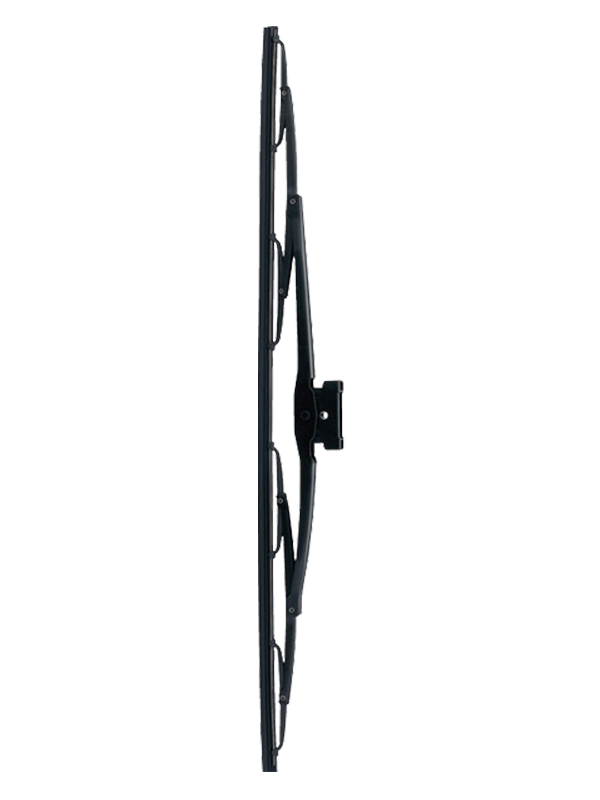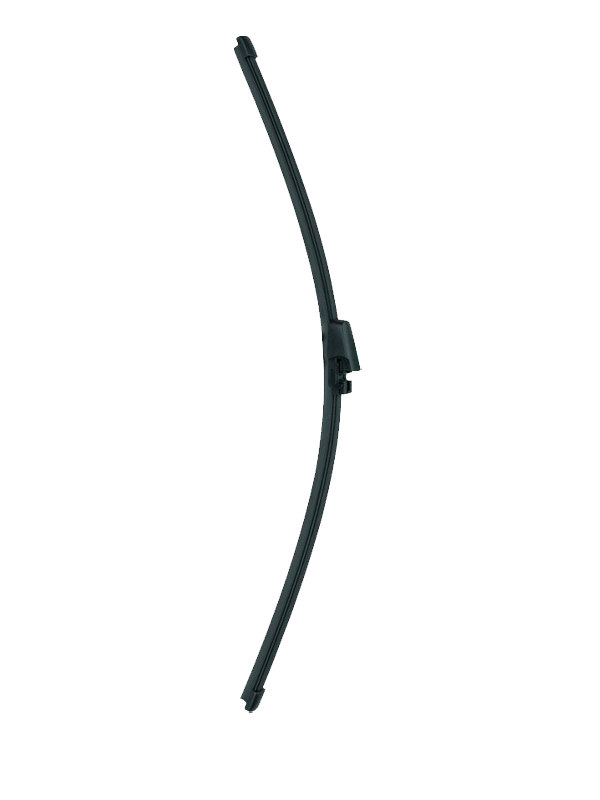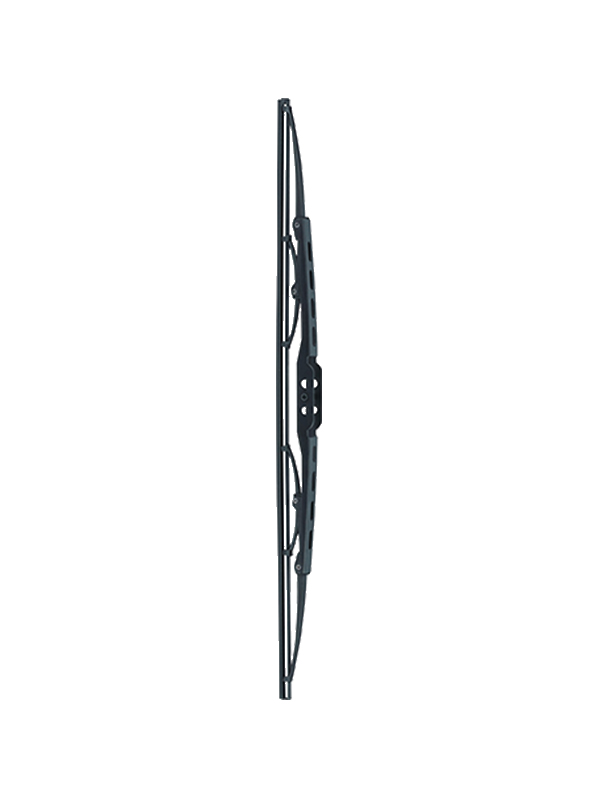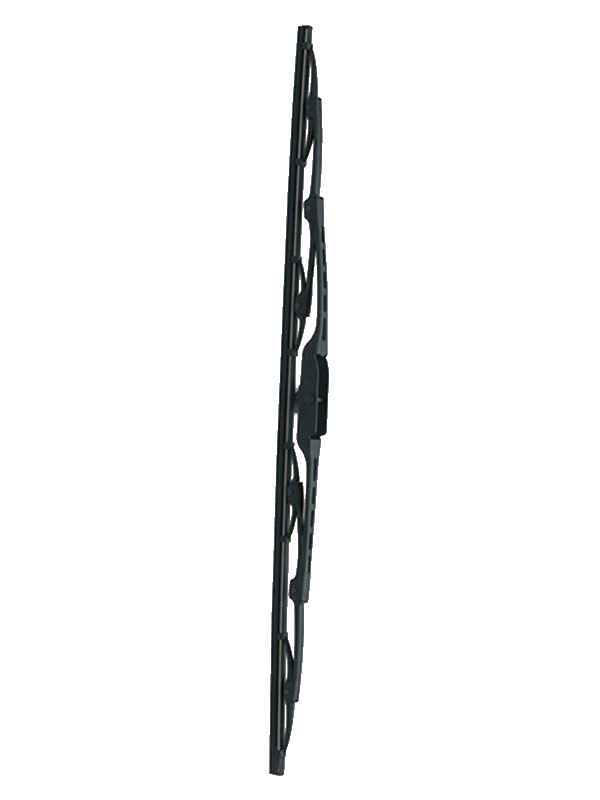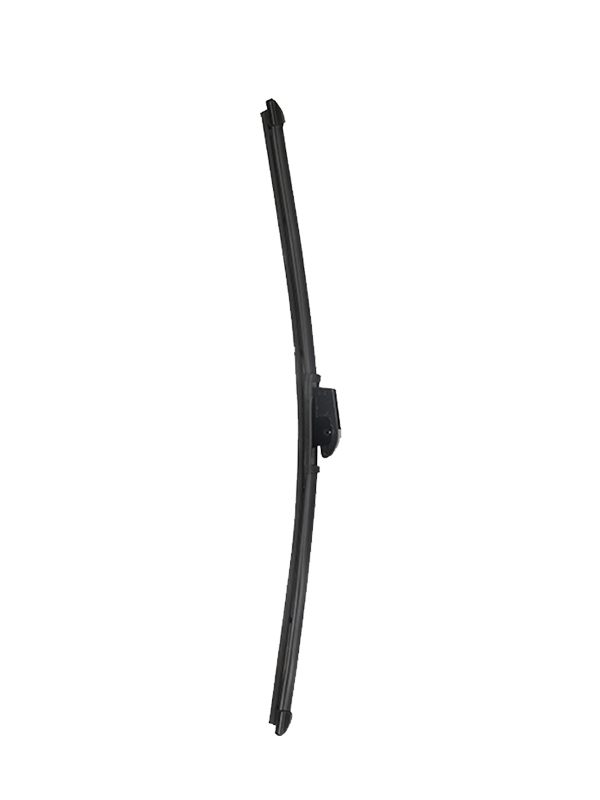Submit feedback
Why Hybrid Wiper Blades Are Redefining Windshield Clarity?

The Rising Focus on Aerodynamic Efficiency
In the automotive components market, hybrid wiper blades are gaining visibility due to their distinct aerodynamic design. Unlike conventional options, a hybrid wiper incorporates elements of both traditional frame structures and modern flat profiles. This fusion enhances windshield contact while maintaining stability at higher speeds. The growing demand for aerodynamic hybrid windshield wiper solutions reflects the importance of driver safety and comfort, particularly in regions where heavy rainfall and fluctuating weather conditions challenge visibility.
Enhanced Pressure Distribution
One defining feature of the hybrid wiper is its pressure distribution across the windshield surface. The structure allows the blade to conform more evenly, reducing streaks and ensuring a consistent wipe. For many vehicle owners searching for hybrid wiper blades for cars, even pressure contact translates directly to improved visibility during both light drizzles and intense downpours. The benefit also extends to SUVs and larger vehicles, as hybrid wiper blades for SUV and trucks are designed to handle broader windshield surfaces without compromising wiping efficiency.
Durability in All Seasons
Durability remains a key purchasing factor, and hybrid wiper blades have positioned themselves as an all-season solution. Their reinforced frame, often designed with corrosion-resistant coatings, minimizes the risk of wear in environments exposed to snow, ice, and sun. This all season hybrid wiper blade performance gives users confidence in year-round reliability. Unlike conventional blades that may degrade quickly in climates, hybrid alternatives maintain structural integrity longer, contributing to cost efficiency over time.
Noise Reduction and Comfort
Noise-free operation is another feature that differentiates hybrid windshield wipers from older designs. An aerodynamic shell and streamlined pressure points reduce drag for quieter performance. Drivers concerned about noise free hybrid windshield wipers often cite this as an essential comfort factor, particularly during extended use in heavy rain. Silent wiping contributes not only to convenience but also to reduced driver distraction, aligning with the broader trend of enhancing cabin comfort in modern vehicles.
Key Characteristics of Hybrid Wiper Blades
| Feature | Description | Market Relevance |
|---|---|---|
| Aerodynamic Design | Combines traditional frame and flat blade for better airflow | Reduces drag, enhances wiping performance |
| Pressure Distribution | Uniform contact across windshield surface | Minimizes streaks, improves clarity |
| Durability | Reinforced structure with anti-rust components | Ensures long-term performance in all weather |
| All-Season Adaptability | Functions effectively in rain, snow, and heat | Preferred choice for year-round driving |
| Noise-Free Operation | Reduced friction and vibration | Enhances comfort and safety |
| Universal Fit Options | Multiple hybrid wiper blade sizes available | Simplifies replacement across vehicle categories |
Universal Fit and Replacement Convenience
The universal hybrid wiper design provides flexibility for consumers who value straightforward installation. With universal fit hybrid wiper blade sizes, users can easily identify the correct replacement without requiring specialized tools. This convenience has increased the popularity of hybrid windshield wiper replacement guide resources, helping drivers perform quick maintenance. The universal appeal strengthens the role of hybrid wipers as a mainstream choice rather than a niche accessory.
The Comparative Edge
One of the recurring debates in the market involves hybrid wiper blades vs conventional models. Consumers exploring this comparison often find that hybrid blades provide enhanced longevity, better resistance to environmental wear, and improved clarity. While conventional blades may offer a lower initial cost, the total lifecycle of hybrid products demonstrates added value. For industry observers, this comparison is central to understanding why hybrid technology is gaining traction across diverse vehicle segments.
Structural Innovation Driving Demand
The demand for aerodynamic hybrid windshield wiper solutions is closely tied to structural innovation. Advanced materials and streamlined casing designs allow hybrid blades to resist wind lift at higher speeds, ensuring constant contact with the windshield surface. This innovation appeals to highway drivers who rely on clear visibility even in challenging driving conditions. As more consumers prioritize safety-enhancing features, structural refinement becomes a competitive hallmark for hybrid designs.
Long-Term Market Outlook
The market outlook for hybrid wipers is strongly linked to sustainability and consumer expectations of durability. The preference for durable hybrid wiper blades for heavy rain illustrates a broader trend toward reducing replacement frequency. Fewer replacements lower overall material consumption, aligning with environmental goals in manufacturing and aftermarket sales. For suppliers, this signals a need to emphasize lifecycle performance rather than short-term pricing.
Expanding Applications in Vehicle Segments
Hybrid wipers are not limited to passenger cars. Their adaptability extends to larger vehicles, where broad windshield coverage requires stable wiping force. Hybrid wiper blades for SUV and trucks address this need, providing consistent pressure over wider surfaces. The cross-segment application reinforces the universal value of hybrid designs, making them suitable for both urban commuting and long-distance transportation.
Why Hybrid Wipers Align with Modern Driving Needs
Safety Priority: Clear visibility during rain and snow enhances driver response times.
Cost Efficiency: Long-lasting durability reduces frequent replacements.
Comfort Focus: Quiet, streak-free performance supports a smoother driving experience.
Ease of Maintenance: Universal fit and simple replacement guides simplify upkeep.
Sustainability: Longer product lifespan reduces waste and environmental impact.
Hybrid wiper blades are no longer viewed as a transitional design between traditional and flat models; they are steadily becoming the preferred choice in the aftermarket and OEM sectors. With features such as aerodynamic efficiency, even pressure distribution, all-season durability, and noise-free operation, hybrid wipers deliver value beyond conventional expectations.


 English
English  中文简体
中文简体 

